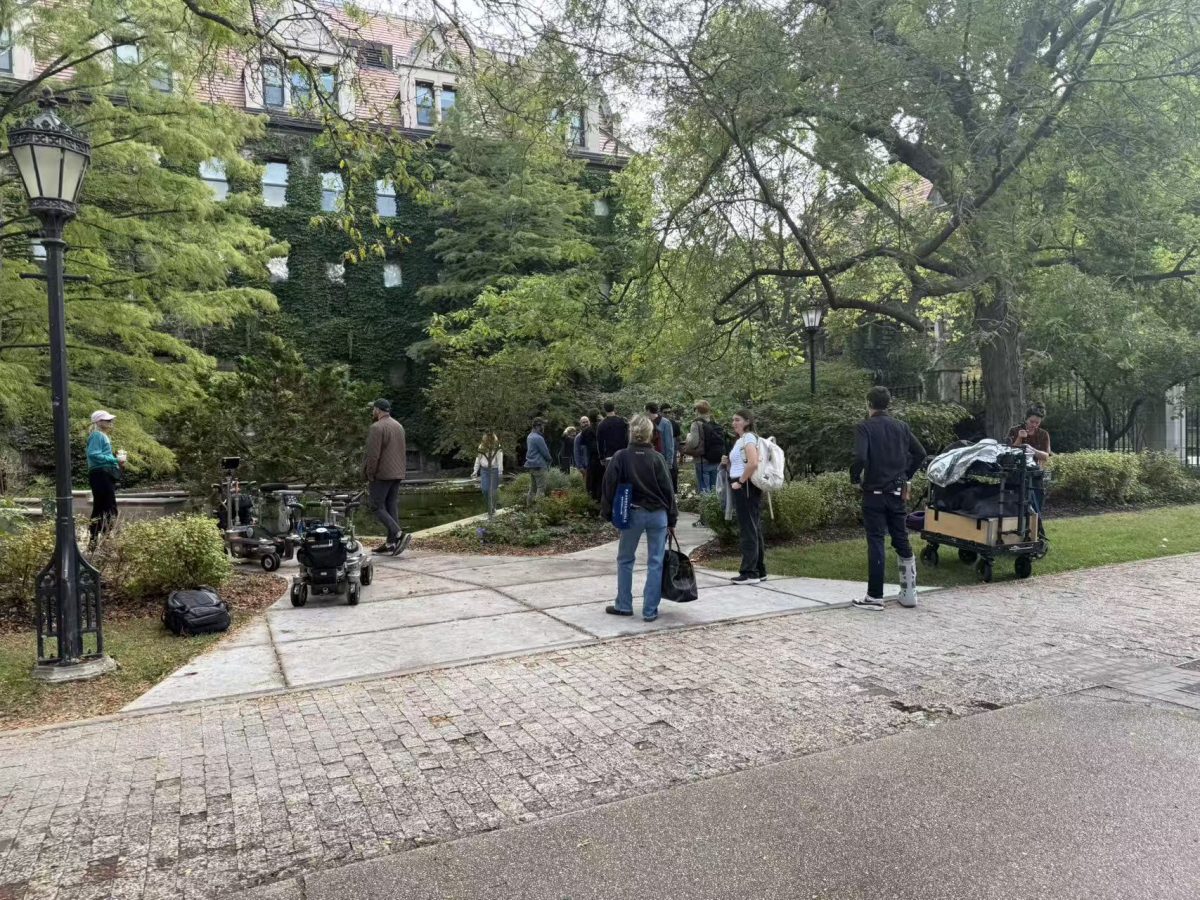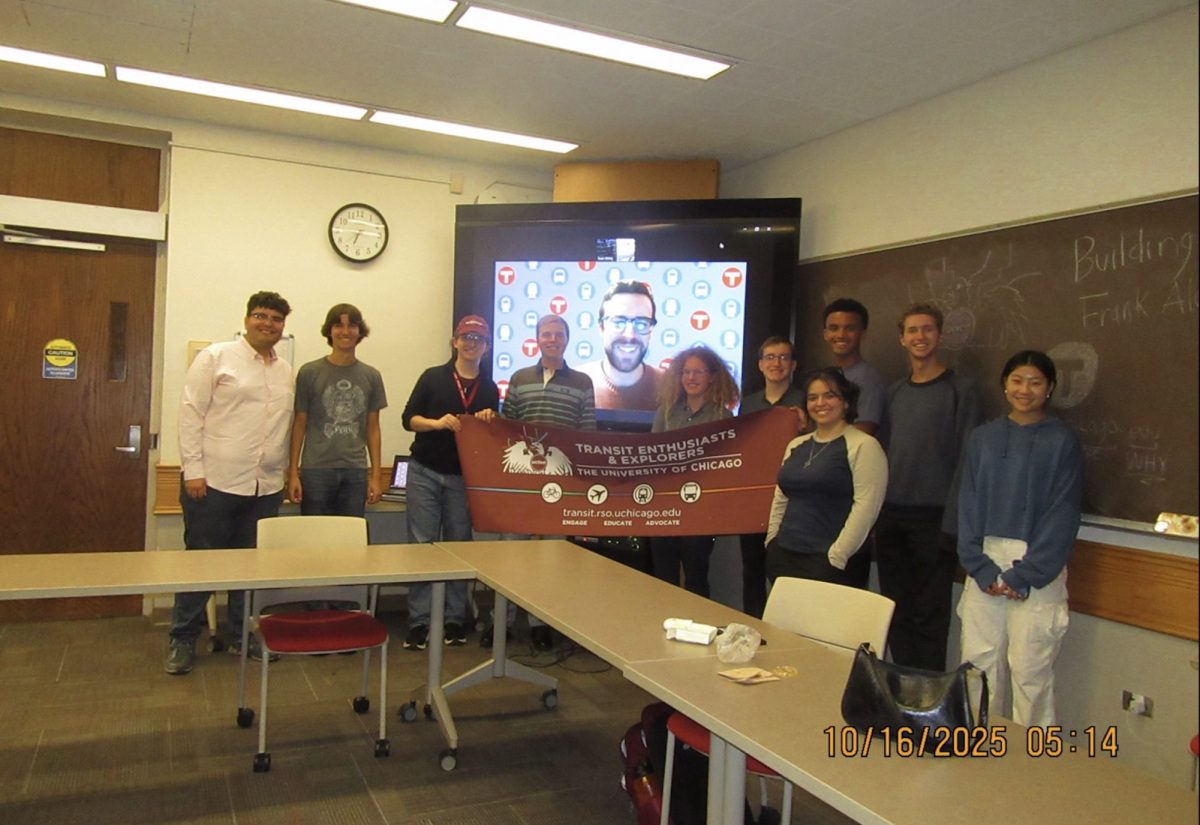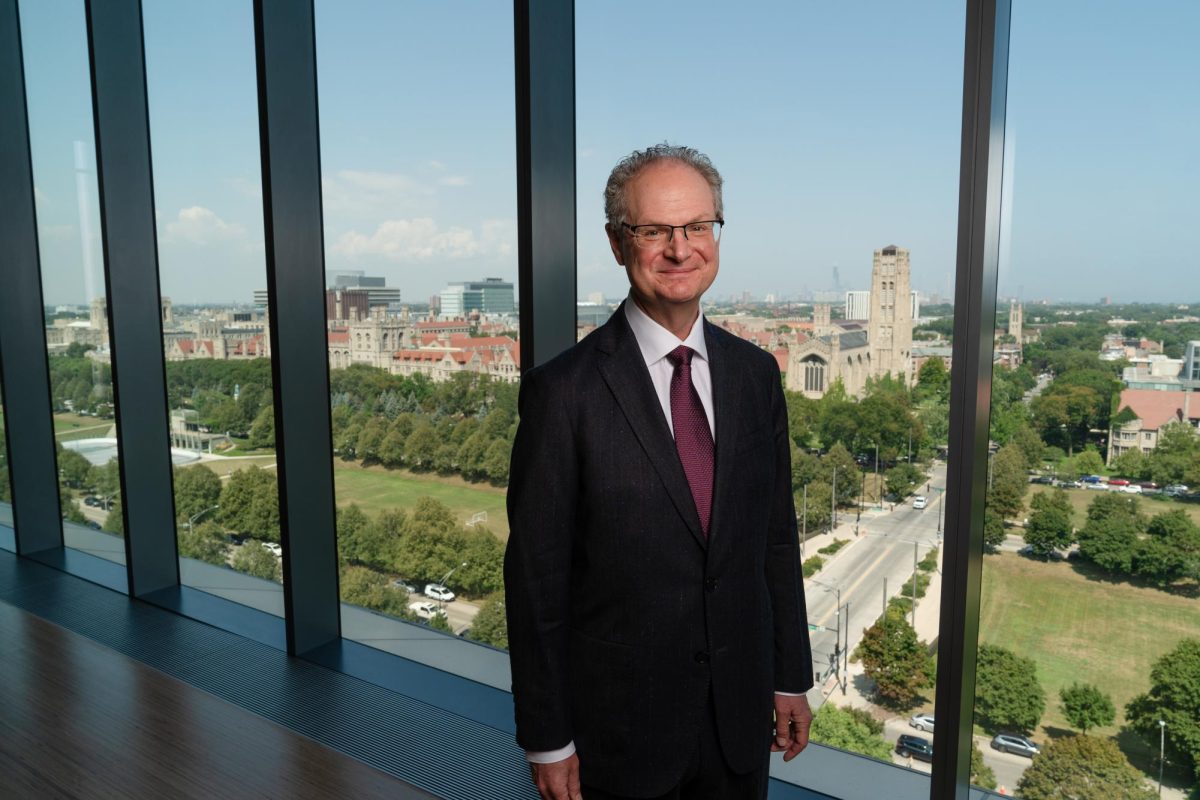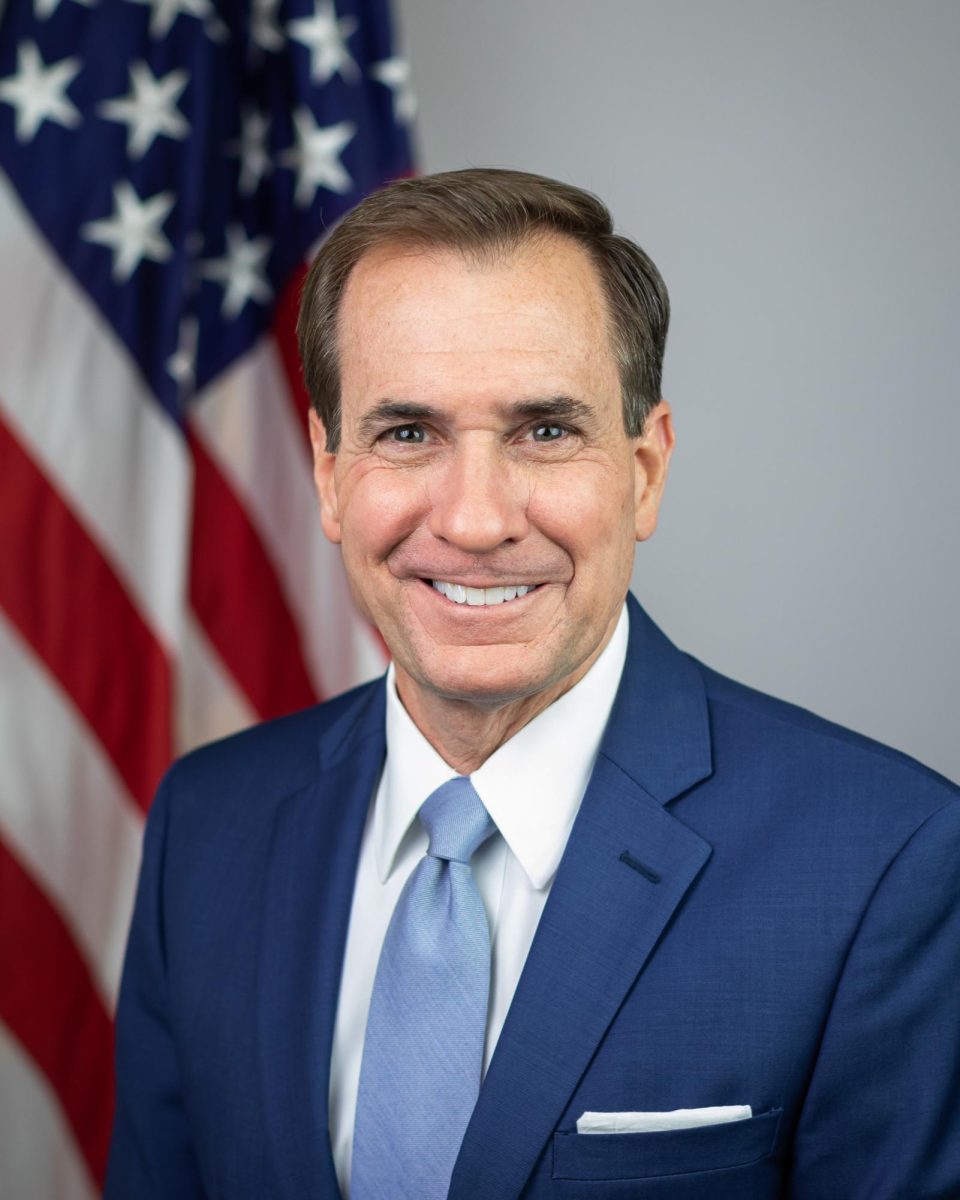The College stuck with its traditional model of anticipating yield while evaluating the Class of 2013’s applications, according to Dean of College Admissions Ted O’Neill, in contrast to other schools’ abandonment of statistical prediction models of how many—and which—students to admit.
Some schools have grown concerned over the near unprecedented and deepening economic downturn and large demographic shifts in college applicants across the country; this concern has forced many colleges to take a more individual approach to the yield, which is the percentage of admitted students who ultimately decide to attend. These schools now scrutinize applications more intensely to predict whether applicants are serious about attending.
“Some colleges use a predictive model that addresses each student and his or her capacity to pay, number of contacts with the admissions office, choice of a major, etc.,” O’Neill said.
This technique, called leveraging, positions a college to “set a price” for each student. “You can probably see why this isn’t completely aboveboard, and is not a way we would choose to behave,” O’Neill said.
Colleges around the country are using new, more personal methods to better predict yield. Some, like Wake Forest in NC, conducted interviews via webcam, and others are poring over applicants’ essays more than once, all in an attempt to judge how serious a student is about attending.
O’Neill said he doesn’t see a need to change the models the College uses. “We’ve tried a number of formulae,” he said, “that take gender, race, and geography into account, among other factors, “and found that when all is said and done, the previous year’s overall yield is our best guide.”
The College hasn’t experienced some of the large demographic shifts other colleges are grappling with, O’Neill said. One notable exception was a large increase in applications from international students, but it seems to fit with an explosion of applications across the board, according to O’Neill. The number of international applications increased by 22 percent from last year.
The College’s yield has been increasing consistently over the past several years, O’Neill said, despite the increase in qualified applicants.
The worsening economy could wreak the most havoc on yields of early action students, who applied before the worst of the economic damage had been done. While O’Neill acknowledged that it is too early to tell, he is optimistic. “We saw more admitted students request a return of their deposit last year than we have seen thus far this year,” O’Neill said.








